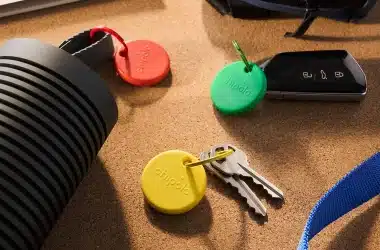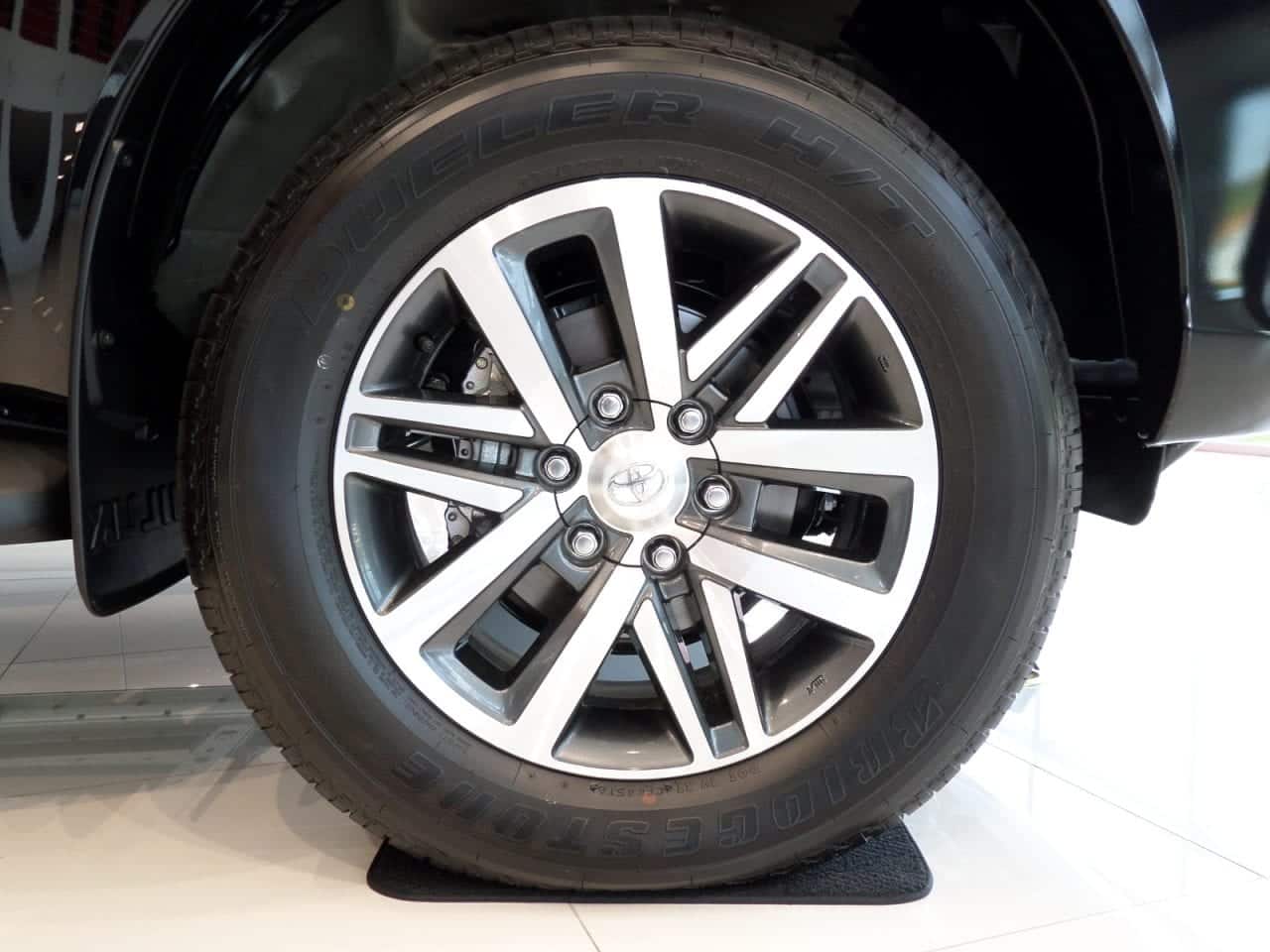Rust is a form of iron oxide (hydrated ferric oxide) that is caused by the oxidation of iron or steel items due to exposure to water, moisture in the air, and oxygen. Rust is a reddish-brown colour and should be carefully distinguished from other forms of oxidation on other metals such as aluminium or copper.
Mild to moderate rust is manageable and can be removed using a sander, hand sanding, a wire wheel, sandblasting, or by dissolving the rust and then wiping off the remaining residue. I’m recommending the rust removal methods mentioned below only for iron or steel, nothing else (not even alloys that may contain iron, except steel). Ensure that the item you’re cleaning is not made of aluminium or any other material.
Removing Rust With Vinegar
You can dissolve rust on an item by soaking the item in a vat of white vinegar. First, dust off the item and remove any grease. Also remove any electronic components. Place the item in a container of white vinegar which is at least 5% acidity and leave it for 24 hours. You may see satisfactory results in as little as 12 hours. It depends on the severity of the rust. Use your best judgement to avoid damage to parts that could be damaged by the vinegar’s acidity.
Removing Rust With A Wire Wheel
You can use a drill bit with a circular wire brush attached to it (easy to find in hardware stores) to remove rust. This is called a wire wheel, and it’s a very useful tool to have! Wire wheels can also be used to polish off your battery terminals (highly effective).
Attach the wire wheel bit to your drill and secure the rusty item so that it doesn’t move around, otherwise you’ll risk personal injury. Once the item is secured, start the drill at a low speed and gently press the wire wheel against the rusty item (hold the drill firmly!) — beware of crevices, gaps, or any raised areas that the wire wheel might hit. If the wire wheel hits anything, you could lose control of the drill — this can cause personal injury.
Once you feel comfortable, gradually increase the drill speed as long as you’re able to retain control of it and work away the rust until the item is clean. Use a wire brush in difficult-to-reach crevices. When you’re done, brush or wipe off the item to remove the resulting rust residue until its clean.
Removing Rust From Car Parts
If you’re removing rust from a broad, consistent, flat surface such as a door panel or trunk, feel free to operate the drill at a high speed (give it a break every so often so you don’t hurt your hand). If you are removing rust from a car part with several crevices and bumps (for example, nuts, screws, vents, or terminals), you’ll need to be extremely careful and operate the drill at a low speed. The drill tends to bounce if the wire wheel hits any bumps or crevices.
Alternator pulleys/other pulleys: I would strongly advise against using a cup-shaped wire wheel on it for safety reasons (because it is not a flat, smooth surface). You can soak a pulley separately in a container of white vinegar for 24 hours, then remove the remaining residue by cleaning it with a hand wire brush. Remember to clean off the vinegar residue.
Alternatively, a disc-shaped wire wheel may be useful to clean out the grooves in a pulley, but don’t spin it against the direction of the pulley’s lines. Follow the grooves to prevent jarring (causing the drill to shake violently or a loss of control). In general, many car parts carry a considerable risk of jarring due to their vents, screws, and other surface irregularities. If you are sanding a part under the vehicle, then be extra careful and ensure that your face is properly covered to protect it from flying rust powder or other debris.
If you go the route of soaking rusty mechanical car parts in vinegar, you’ll have to consider your ability to replace its lubricant, and rinse out the bearings and other mechanical parts thoroughly. Once you’re confident the vinegar residue has been removed, blast out the part with hot air to dry it out (select the lowest temperature on your heat gun or rework station to avoid damaging seals, but please remove the seals first if you can).
Something with temperatures well under 100 °C (for example 50-65 °C) would be ideal. If all you have is a heat gun, you’ll have to remove all non-metal parts first. Use the setting that provides the most airflow. After drying out the part, you’ll now need to replenish its lubricant.
Spray-on Rust-Removal Products
Having tried spray-on rust removal products, I found that some can effectively remove light rust in a few minutes. However, it’s best to thoroughly clean off the rest remover residue afterwards to prevent damage to the item. Also, don’t leave these chemicals on for long.
These sprays are useful for parts with hard-to-reach crevices, and items which you can’t or would rather not soak in vinegar. As always, be wary of the potential toxicity of such chemicals and avoid getting them on your skin, or wash your hands right after using them.








